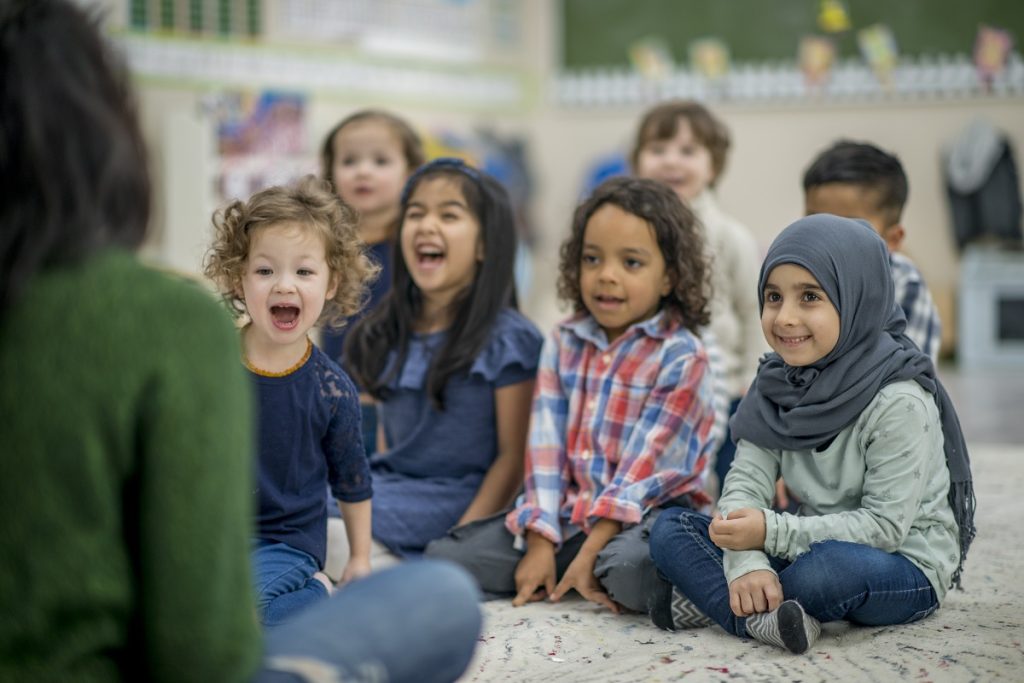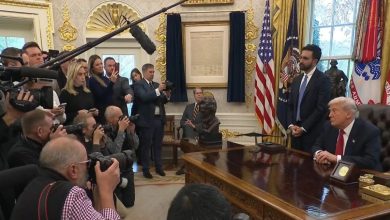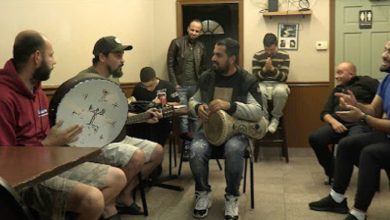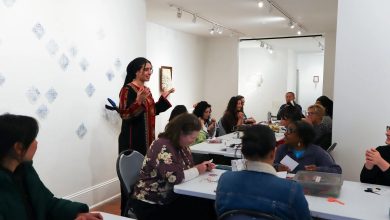Muslim Schools in the United States: Education, Faith, and Community
How Islamic schools in America provide faith-based education while balancing academic excellence and cultural identity.

History and Growth
The first Islamic schools in the U.S. emerged in the late 20th century, responding to the needs of Muslim communities seeking faith-based education for their children. Initially small, often operating out of mosques or community centers, these schools have grown substantially in number and scope. Today, there are hundreds of Islamic schools nationwide, ranging from pre-schools and elementary schools to middle and high schools. Major concentrations exist in states with large Muslim populations, including Michigan, New York, California, Texas, and Illinois.

Curriculum and Programs
Muslim schools in the U.S. typically offer:
-
Standard Academic Courses: Mathematics, science, language arts, social studies, and technology, comparable to public school standards.
-
Islamic Studies: Quranic memorization (Hifz), Arabic language, Islamic history, and religious ethics.
-
Extracurricular Activities: Sports, arts, community service, and debate clubs to support holistic development.
Some schools integrate advanced programs such as STEM (Science, Technology, Engineering, and Mathematics), Advanced Placement (AP) courses, and college preparatory tracks, enabling students to compete academically with peers in public and private secular schools.
Community and Cultural Impact
Islamic schools serve not only as educational centers but also as hubs for cultural and religious community life. They often collaborate with mosques, community organizations, and interfaith programs to foster civic engagement, social responsibility, and cross-cultural understanding. These schools also help young Muslims maintain a strong sense of religious and cultural identity while navigating broader American society.
Challenges and Opportunities
Muslim schools in the U.S. face challenges such as securing sustainable funding, addressing diverse student needs, and maintaining accreditation standards. However, they also provide unique opportunities:
-
Creating safe and inclusive learning environments aligned with Islamic values.
-
Encouraging civic engagement and leadership skills in students.
-
Building networks for Muslim students, families, and educators nationwide.
Notable Examples
Some well-known Islamic schools include:
-
Islamic School of Detroit (Michigan): Offers K-12 education with strong Quranic programs.
-
The International Academy (Michigan): Focuses on rigorous academic standards alongside Islamic values.
-
Olive Tree Academy (New York): Provides bilingual Arabic-English curriculum with Islamic studies.
-
East Bay Islamic School (California): Offers a progressive approach integrating religious and secular learning.

Muslim schools in the United States are essential institutions that blend academic excellence with faith-based education. They empower students to succeed academically while maintaining a strong connection to their religious and cultural identity. As these schools continue to grow, they contribute to the broader landscape of American education and provide a nurturing environment for the next generation of Muslim leaders.



